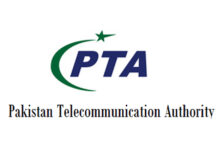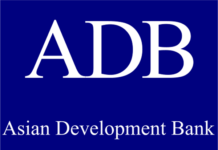On October 1, 2025, after months of intense scrutiny and stakeholder consultations, the Competition Commission of Pakistan (CCP) delivered its verdict on what may prove to be Pakistan’s most significant telecommunications transaction since the Mobilink-Warid merger of 2016. The conditional approval of Pakistan Telecommunication Company Limited’s (PTCL) Rs108 billion ($400 million) acquisition of Telenor Pakistan didn’t just greenlight a corporate transaction, it fundamentally rewrote the competitive landscape of Pakistan’s digital economy.
The decision transforms a fragmented four-player mobile market, where Jazz commanded 37%, Zong held 26%, Telenor controlled 22%, and Ufone struggled with 14%, into a concentrated three-operator structure. Post-merger, the newly created MergeCo, combining Telenor’s network strength with Ufone’s PTCL backing, will control approximately 35% of Pakistan’s mobile market, creating a near-duopoly with Jazz while potentially squeezing third-placed Zong into an increasingly marginal position.
Yet the CCP’s 147-page order, dense with technical analysis and unprecedented regulatory conditions, tells a far more nuanced story than simple market consolidation. It reveals deep anxieties about vertical integration, infrastructure foreclosure, and the delicate balance between enabling sector sustainability and protecting consumer welfare in an industry simultaneously experiencing explosive data growth and catastrophic revenue decline. The content in this publication is expensive to produce. But unlike other journalistic outfits, business publications have to cover the very organizations that directly give them advertisements. Hence, this large source of revenue, which is the lifeblood of other media houses, is severely compromised on account of Profit’s no-compromise policy when it comes to our reporting. No wonder, Profit has lost multiple ad deals, worth tens of millions of rupees, due to stories that held big businesses to account. Hence, for our work to continue unfettered, it must be supported by discerning readers who know the value of quality business journalism, not just for the economy but for the society as a whole.To read the full article, subscribe and support independent business journalism in Pakistan

























Fabulous 😍 overwhelmed with the deep analysis, research and the uniqueness of the thought 🧐